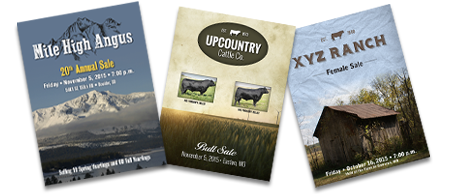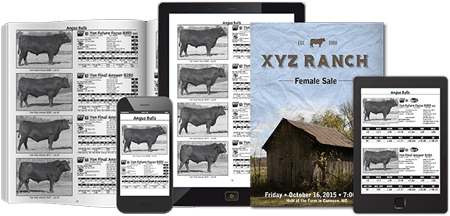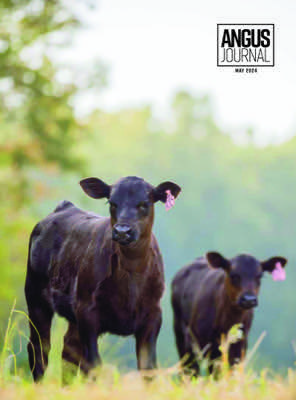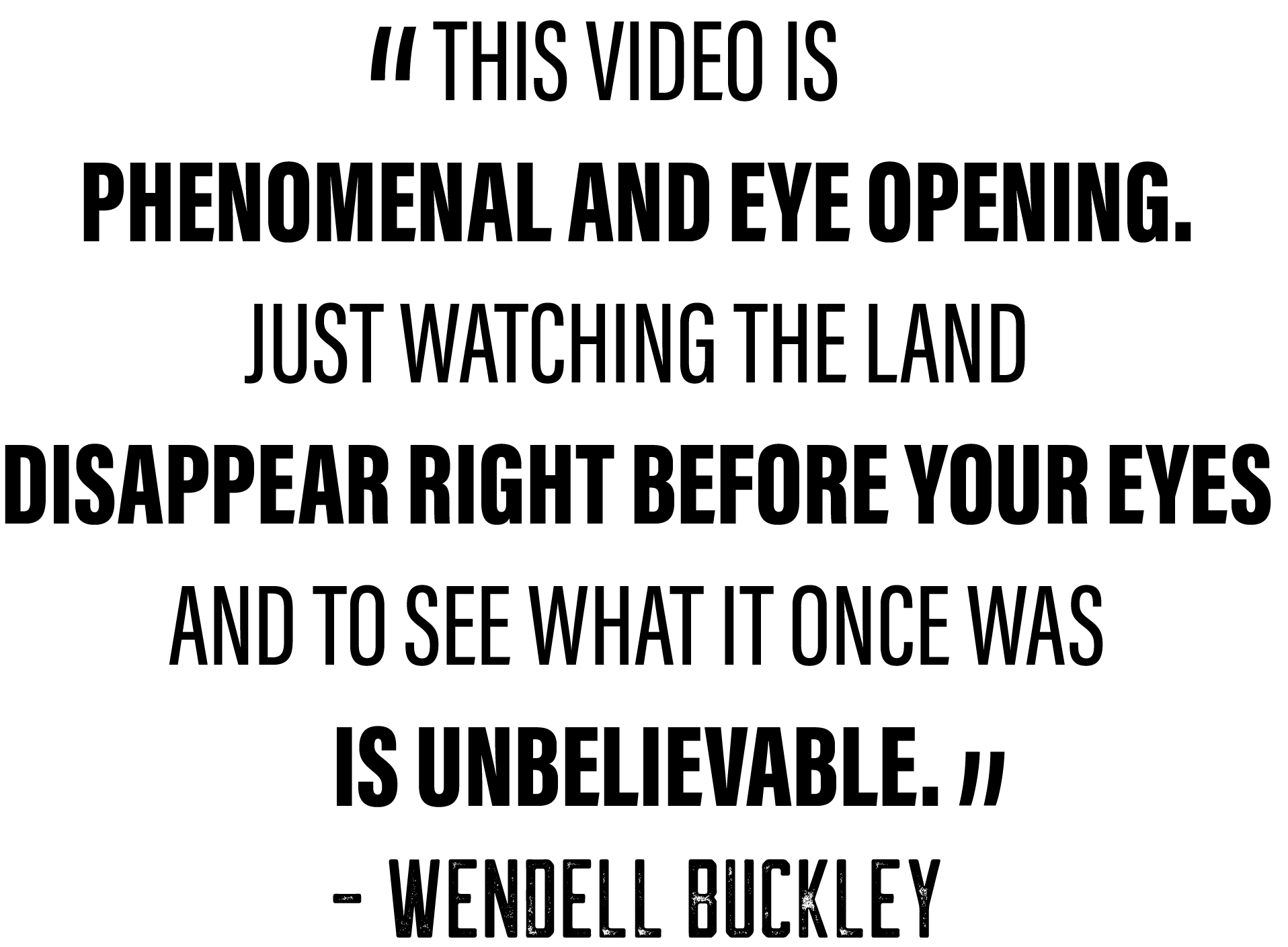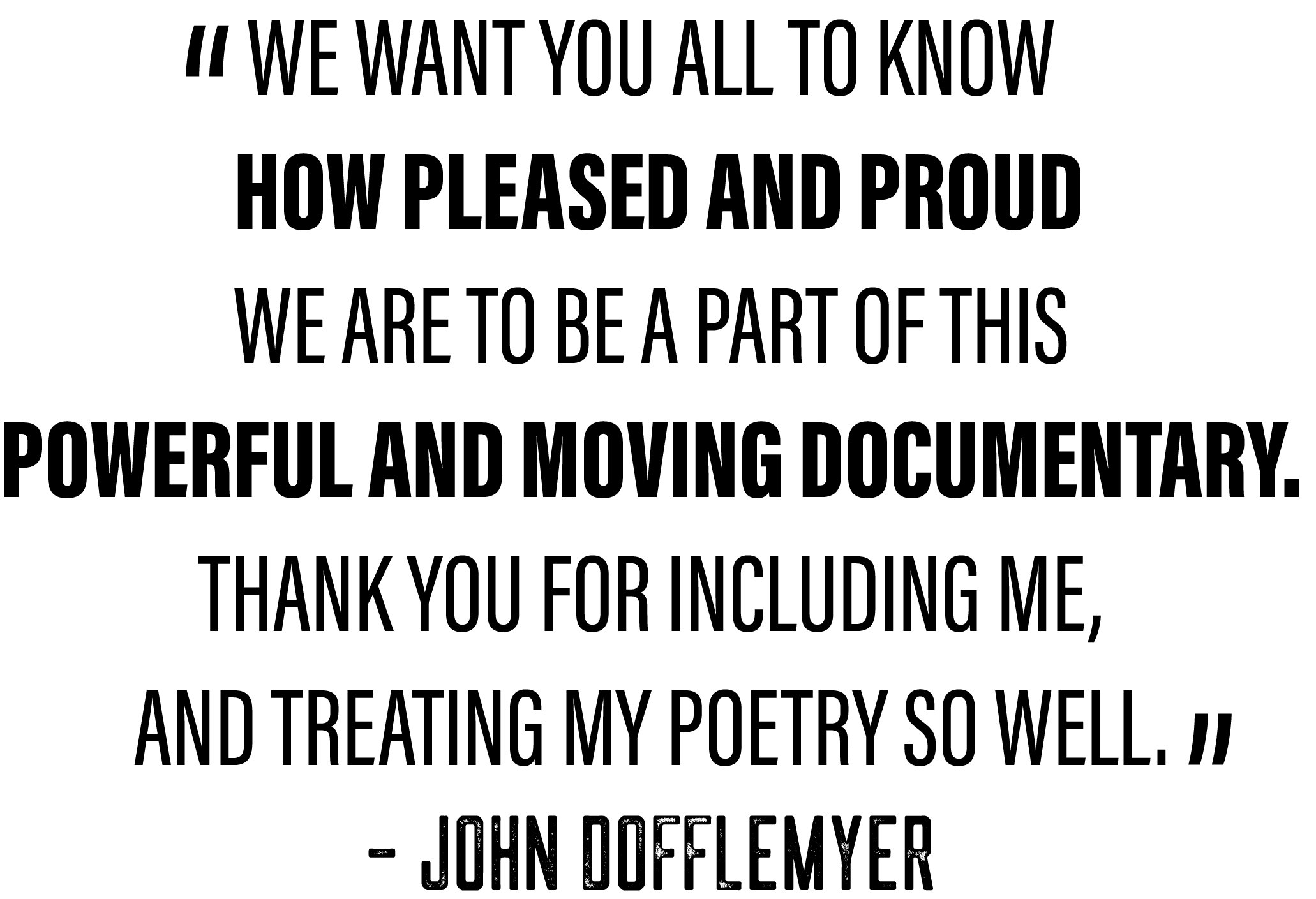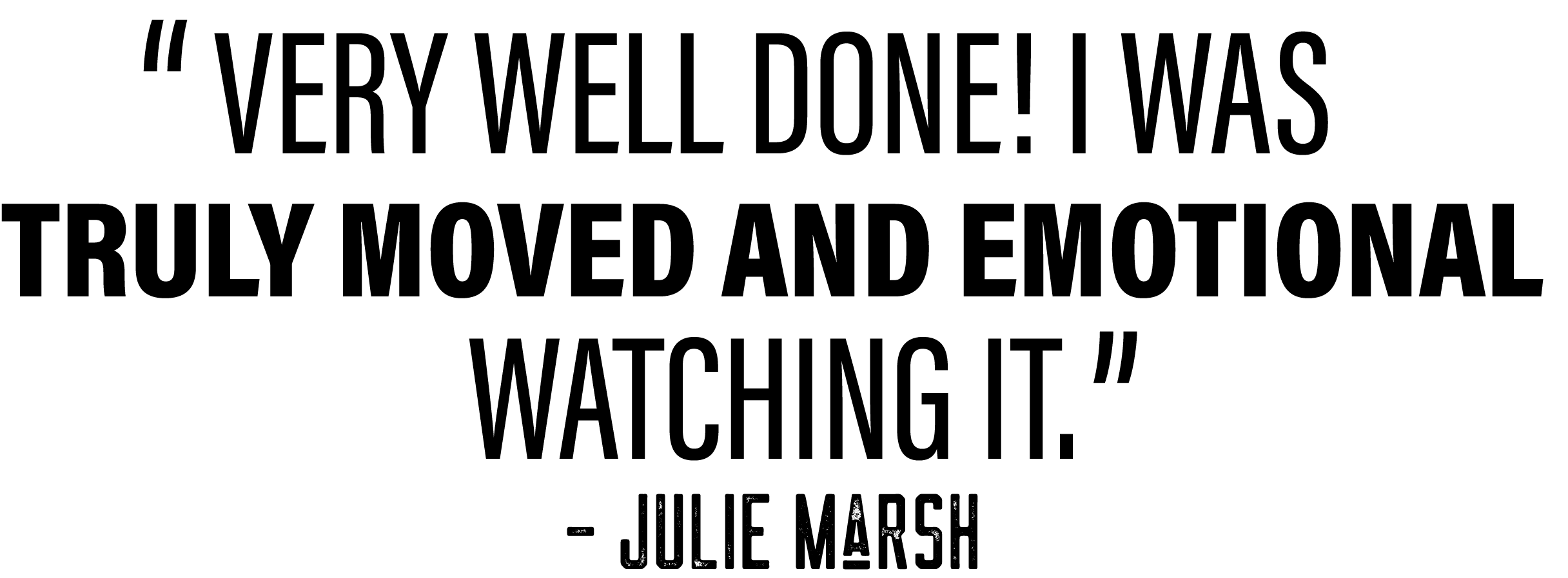Horns honking, sirens blaring, traffic congestion, people crowding. The city never sleeps. There is no peace and quiet. And, many urbanites like it that way — they love the hustle and bustle. At the other end of the spectrum are the people who prefer the rural lifestyle. Farmers, ranchers, cattlemen and cattlewomen. That rural lifestyle is the antithesis of the urban. Space. Quiet. Outside. But, in many areas of the country, that space is disappearing. The cities are encroaching upon the rural areas. The population is growing, and that population wants to live near the city conveniences. And, thus, the dichotomy. Urban sprawl. Two different lifestyles, mindsets and needs. Rural communities in America are literally losing the ground needed to produce food for their country and the world.
When pioneers first put down roots throughout the country, they settled in areas where they could easily farm and raise animals, and those locations attracted others because of the proximity to rivers and high-quality soil. As the United States became more industrialized, those pockets of farms became thriving urban centers. As the U.S. population grows, citizens have to find a place to live, and they overflow into suburban areas. Those suburban areas grow as people overflow the city lines, and pressures on farmers increase. Taxes rise, large animal veterinarians and equipment dealers move out, and land is sold to make ends meet. Farmers move farther out to escape the crunch of urbanization.
The American Farmland Trust studied the loss of farmland over a 20-year period, and recently released a report called “Farms under Threat.”
“We knew we were losing farmland, but the report has shown that we're actually losing farmland almost twice as fast as we thought before,” says John Piotti, American Farmland Trust CEO. “1.5 million acres a year. 175 acres every hour. Three acres a minute. That's more land than we thought. And, it's alarming. It should be alarming. That’s an irreplaceable resource that we need to grow our food. Some loss of farmland is inevitable, but that level is simply unsustainable.”
The loss of farmland is especially troubling when considering population growth. The U.S. population has grown by 20 million since 2010, and each year, the world population grows by 82 million. By 2050, Food and Agriculture Organization of the United Nations estimates there will be 9 billion people in the world. The UN estimates more food will need to be produced in the next 20 years than was in the last 10,000 years combined to feed the growing population.
The challenge? Farmland is diminishing, and each year there are less farmers. Yet, they are tasked with increasing food production. Technological advances have helped make farming and ranching more efficient, but many of those advances are starting to peak. If farmland continues to shrink at the current pace, the U.S. could see a future where it struggles to feed itself and the challenges that comes with food shortages.
“We're very fortunate to live in a country where we have an abundant and safe food supply,” says Randy Stabler, registered Angus producer outside of Washington, D.C. “And because of that, it makes our country strong, makes our military strong, and it makes us strong on the world playing floor. Hungry people aren't strong people. Strong people are satisfied. And I think it's important, and I think agriculture plays a key role in that worldwide.”
Emotions and upheaval
Many American farmers and ranchers are fighting to keep the city at bay. Outside of Atlanta, Ga., John Lovin and his family experienced this fight firsthand, and in 2004, conceded the fight and left the farm his family had started in the 1841. They moved their registered Angus herd and chicken operation farther out in hopes the city won’t reach them again.
The Gwinett County, Georgia, population has grown by 120,000 over the past 20 years. As the population grew, John and his family found themselves as the last farmers standing in the county. Taxes increased, traffic became an issue, leased ground was lost to the swirl of development, new neighbors had a stream of complaints and the support system of other farmers and local businesses moved out.
“You know, over the years, the old farm was a good place to everyone, everyone had chicken houses or had cattle, and hay equipment going on down the road,” Lovin says. “Then Atlanta started creeping out. You could just see people coming with it. As conveniences moved out, people kept moving out. Property value going up, taxes going up, you just cannot have much of a farming operation in those kinds of surroundings.”
The emotional decision to leave meant Lovin gave up his ancestral land, but selling did allow him to buy more acreage than he had previously. A subdivision now sits where his farm used to be. He has only been back a few times to see what has become of the only home he had known.
“Memories are great to have in your life, but sometimes they're hard to come back and remember,” Lovin says while driving through the subdivision. “I wouldn't trade all my memories in the world that we have had here. Everything works out for the best. The Lord has taken care of us and taken us to a wonderful place, but it's very hard to come back and relive those memories. It was a good life. A really good life here.”
A bleak potential future
California gives an example of what can happen when urban sprawl continues unchecked, both physical sprawl and cultural sprawl when city dwellers outnumber farmers and ranchers. Dairy, chicken and cattle operations have already begun an exodus out of California for issues like legislation; public policy; water rights; taxes; and competition for land between livestock, tree nuts, and fruits and vegetables. Those who remain continue to struggle against the urban mindset that has taken over California.
“California is an amazing place,” Piotti says. “It is our largest agricultural engine in the country when it comes to specialty crops. It's just this perfect balance of things, and thus, it's one of these absolutely amazing global resources. But all the things that make it a great place to farm also make it a place where a lot of people want to live.”
To give all the people who want to live in California a place to live, something has to be sacrificed because we can’t make California any bigger. So, more farmland falls into the hands of developers.
“California, in my mind, is a great example, maybe highlighted maybe accentuated, of all of the challenges that we face as a globe,” Piotti says. “It is a great example of what we're going to see more in other regions is occurring now in California. It's really critical that we take proactive steps to figure out how to solve it there before it becomes a problem in so many other places.”
Mark and Abbie Nelson are ranchers outside of Sacramento in Wilton, Calif., where they raise registered Angus cattle and Quarter Horses on 300 acres in addition to a vineyard. Mark has a unique perspective as he is also a developer. As chairman of the California Rangeland Trust, he also assists ranchers in California to set up easements on their properties to protect their operations.
“We have conservation easements on over 500 square miles of California, iconic properties like the headwaters of the Feather River, Hearst Ranch,” Mark says. “But those properties are all very beautiful, and they're all protected in perpetuity now. So, I'm really a fan of [easements].”
Utilizing the California Rangeland Trust for voluntary easements, ranchers have the advantage of working with other cattlemen to develop easements versus working with the government or another entity that may not know the ins and outs.
“We're all cattlemen who run the Rangeland Trust,” Mark says. “We know how a cattle ranch works, we know what you can and can't do with your herd and grazing and all that. So, we design our easements so that people can function. But, the downside is once you sign that easement, you cannot do anything but agriculture on it in perpetuity. We caution people and we advise them; if you’re going to do an easement, talk about who might want to live here 20 years from now. If you do pre-planning and have a pretty good idea how your family will grow, you can protect yourself and still have a really nice asset.”
California has been home to many livestock operations, including Angus, but California is also known for its specialty crops. From an agriculture perspective, it’s arguably one of the most unique states in the country. And, California is a state where urban sprawl has had the most effect on agriculture in the entire country.
“A lot of the products grown in California won't grow anywhere else in the United States … [produce like] artichokes, strawberries and avocadoes,” Mark says. “And, a lot of these products aren’t grown anywhere else in the world. So, California is really unique, and I see us losing that. The United States needs to somehow get a handle on food production, and treat it with the same reverence that they treat the tech industry. No industry is more valuable than the food industry.”
No country left behind
While the rest of the country may not have the struggle happening in California, what’s happening today could become the beginning of a larger issue. The Lovin family isn’t the only family impacted by urban sprawl. The issue continues. The Marsh family has a registered Angus operation in Huntley, Ill., outside of Chicago, and Jim Marsh says it was one of the fastest growing cities in the United States a few years ago.
“[Huntley] used to have a big sign saying, ‘A small town with country charm;’ well, it’s not small anymore, and there’s not a lot of country left behind,” Marsh says.
As the population of Huntley has grown exponentially, so have the issues the Marshes have faced. Like with other farmers experiencing urban encroachment, they’ve lost equipment dealers and feed stores, veterinarians and their privacy. Their once quiet road now has steady traffic, which has led to many unwanted visitors to their pastures.
“We get a little fearful,” Marsh says. “We do have more chains, ties and locks sometimes on gates because of people opening up and letting the animals out. We've had neighbors with dairy who have had their gates opened up and animals walk out. Two years ago, there was a group of kids setting barns on fire just for kicks. It's so unpredictable what people this close to the city will do. Just the other day, I found car tracks going back by our pastures.”
From those back pastures, you can see the football field lights on Friday nights. The marching band serenades Marsh’s cattle in the background. A huge retirement community continues to grow just down the road. As the town has closed in around them, Marsh sees a day in the future that they might have to sell their 165-year-old farm.
“This summer, we had the barn repainted to make it look nicer,” Marsh says. “We made a comment that this will be the last time the barn needs to be painted anyway because 10 years from now, it will probably be down. So, we painted the barn one more time — the last time.”
The flip side
Although there are many farmers and ranchers who have struggled and ultimately had to concede to urban sprawl, there are also those who have found ways to thrive in close proximity to the city. Stabler farms 1,500 acres of row crops and raises registered Angus cattle approximately 25 miles from downtown Washington, D.C.
“Living in proximity to urbanization and so many people is both positive and negative,” Stabler says. “As I've had the fortune to travel across this country, I've been lucky to talk to some of my other ag counterparts. There's one thing that I wouldn't want to give up, and that is my market. We're very fortunate to have a population and our consumer base here. We're in an ag deficit area for needs as far as corn and soybeans. So, our basis in this part of the country is positive compared to other parts of the country.”
In addition to their registered Angus and row crop operations, the Stablers started a direct-to-consumer produce stand seven years ago thanks to a large population of urban consumers nearby.
“We saw an opportunity to diversify our operation and to be able to market directly to the public,” Stabler says. “One of the benefits of this kind of a retail outlet for us is that it puts our product right in the hands of our local consumers, giving us a chance to tell them about it and how we produce it. Hopefully, it gives us a chance to interact with our customer base and to help remove some of the fallacies that are being publicized.”
Craig and Michele Cropp farm near Stabler in Damascus, Md. Craig grew up in Kansas on a farm, but Michele grew up in Washington, D.C. as a city girl. After they were married, the couple started a registered Angus cow-calf operation outside of D.C. They sustain more cows in the limited space they have because they feed spent brewer’s grain they have access to because of the city and its breweries being nearby. They have also found many positives when it comes to raising their children in a more rural area near a big city.
“I love farming close to the city,” Michele says. “I have seriously thought long and hard about whether we should move back to Kansas and farm there, and while I know I would enjoy farming in the Midwest because I would have many more people who would have similar interest, farming here in the city has given me an opportunity to interact with my neighbors in ways that I wouldn't have before. I’ve been able to teach them things about agriculture that I've learned and had the opportunity to share it with them.”
When her children were young, she invited their schools to visit the farm. “Our boys went to private schools in the city, so we had children that had never been anywhere even close to a farm,” she says. “And that was a really powerful experience.”
No silver bullet
Urban sprawl is a complex issue, and the increasing urbanization of farmland could become a problem for everyone if it continues unchecked. The answer is there’s no simple fix. However, the first step is education and understanding. Reach out. Share agriculture’s story. It’s never been more important to bridge the gap between consumers and farmers and ranchers than it is today.
“I think communication is the key,” Stabler says. “We in agriculture, more than ever before, need to make it our duty and allot our time and our busy schedules to get the right information out there to our consumers and our urban neighbors. The pool of where they're getting their information from is not always correct. It's causing us some great hardship in this country … We've got to do a better job of telling our story, telling what we're doing and getting the absolute facts out there versus ill information.”
Editor's Note:
To watch the latest I Am Angus documentary about the impact of urban sprawl on rural America, “Losing Ground,” visit the American Angus Association YouTube page – Angus TV. Subscribe to receive updates on new content.
